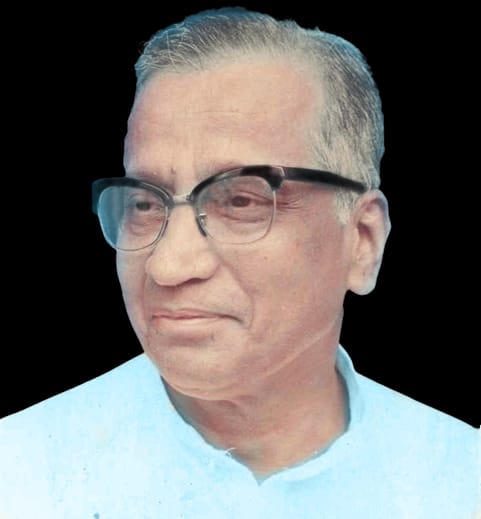Abstract
One of the inevitable outcomes of low fertility is the reduction in family size. Attitudinal change towards the value of children is taking place due to the modernisation and having more children has become irrational for many. A viable alternative lifestyle in the present-day world is a family with a single child. Over this backdrop, this paper attempts to address the levels, trends and differentials in single child families in the state of Tripura where the proportion of single child families is remarkably high as compared to all other states. The data for this paper has been drawn from different rounds of the National Family Health Surveys. Single child families have been analysed among the currently married women in the 15-49 age group. Overall, the study has shown that there is a deliberate and conscious effort among couples in the state of Tripura to restrict their families to a single child. A large proportion of women in Tripura have opted for single child which is highest among the states in India. Further, the proportions of single child families have been on the rise during the last two decades. If this trend continues, the proportions of such families are also likely to rise in future. There are also variations across districts in terms of the proportion of single child families. West Tripura district has the highest proportion of single child families whereas Dhalai district has the lowest proportion of single child families. The proportions of single child families are higher among educated and employed women from the urban areas. This could be mainly due to higher aspirations for better quality living.

